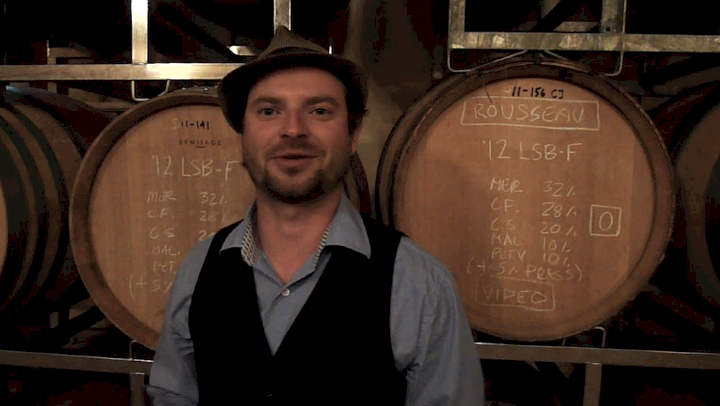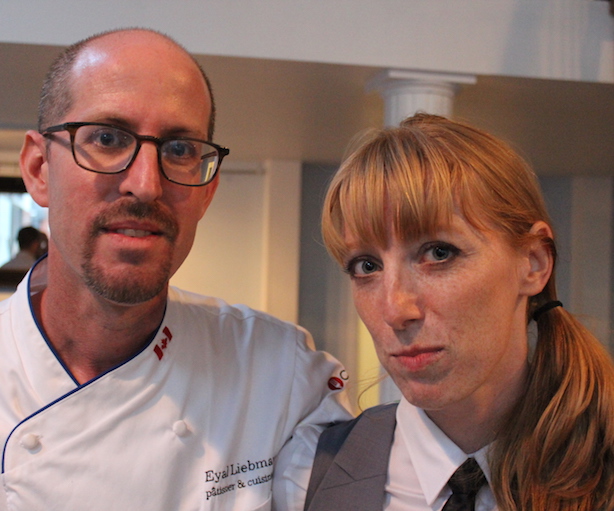By Austrian Wine, a certified “Good Food Fighter”
When you think of Austrian cuisine, you need to think bigger than the Austria we know today.
Austrian cuisine, or Viennese cuisine, as it’s known throughout the country, is a mixture of all the culinary traditions of the many “Crown Lands” of the old Austro-Hungarian Empire. Recipes flowed in to the imperial kitchens from all the Empire’s peoples, and from there they made their way to dukes’ castles and eventually to middle-class tables. Bohemian and Hungarian traditions took precedence, but influences from across the Alps in northern Italy joined the stream as well. The Austrians were quick to try the new ingredients, smoothing out contradictory tastes and assimilating the recipes to their own regional traditions. Overrefined dishes became a little more homely; dishes deemed too rustic were refined.
The 19th century saw a vast increase in the variety of household cookbooks, with Austrians adapting original recipes from the Crown Lands and creating new dishes of their own. This was the beginning of today’s “traditional” Austrian cuisine. It led to a renaissance in the culinary arts in Vienna, and also in Austria’s regions. Today’s top chefs are taking the lead in creating new first class dishes, enhancing their appeal with fine wines. There’s a world of great desserts as well – described in a separate brochure.
Traditional Austrian cuisine is based on five main preparation styles: frying, boiling, braising, roasting, and stewing (especially with paprika). Two fixtures of the traditional cuisine are offal, currently enjoying a revival as a regional delicacy, and wild mushrooms, known by their local name of Schwammerl. Both offal and Schwammerl are used in a wide variety of seasonal dishes. Meat plays a central role in many traditional recipes, with wines selected not for the meat itself but rather to complement the preparation method, the richness of the sauce, and the choice of side dishes. Most classic dishes are well suited to one or other of Austria’s diverse white wines, as is freshwater fish. Soft and fruity red wines are also great partners with the classic cuisine.
Austria’s signature grape variety, Grüner Veltliner, is a classic for every occasion. Internationally appreciated as a complement to so many cuisines, it comes as no surprise to find Grüner Veltliner well suited to the wide diversity of traditional Austrian recipes.









Trackbacks/Pingbacks